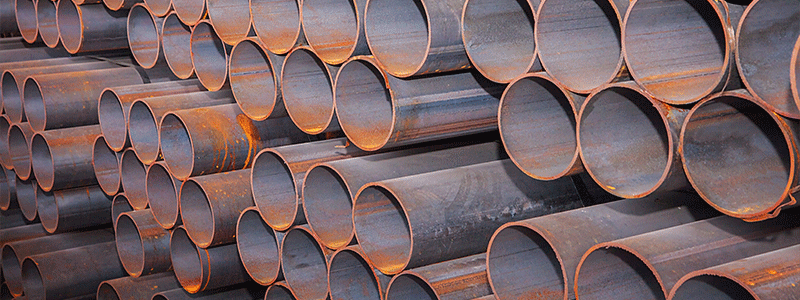When you consider which type of material you are going to use for your next building project or new structures, price is one of the first factors you take into consideration. You look at the upfront cost, the cost of upkeep over time, and the cost to replace elements of your structure if the need presents itself. Even so, you may not be able to see the real cost of some of the downfalls of materials which are prone to corrosion. The overall price of metals which corrode is far higher than it may look upfront.
Worldwide, the cost of steel corrosion adds up to $2.2 trillion annually, and North America is a large contributor to that cost. Corrosion can come from factors anywhere from soil, to water, to atmospheric exposure. However, these costs and effects of corrosion could be avoided if proper corrosion protection were applied to steel products—such as galvanization. Though the upfront cost of galvanized steel may be more costly than any other steel product, the money you save on upkeep makes the initial cost worth wile. In the case of anti-corrosive building materials, the cheapest bid does not always win.
The cost of corrosive materials in structures reaches farther than mere financial cost and can even have an effect on the soundness and integrity of the structure. A structure which rusts is therefore not prone to outdoor environments for an extended amount of time and can become dangerous if not repaired in a timely manner. Even if the structure is in fact repaired in a timely manner, the more frequently it has to be repaired, the more natural resources the one structure consumes.
All things considered, one structure made from the wrong building materials can end up costing five to ten times as much as a structure which is made from a sound material such as galvanized steel.

